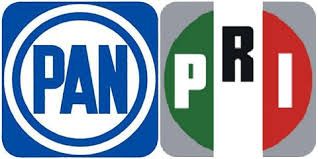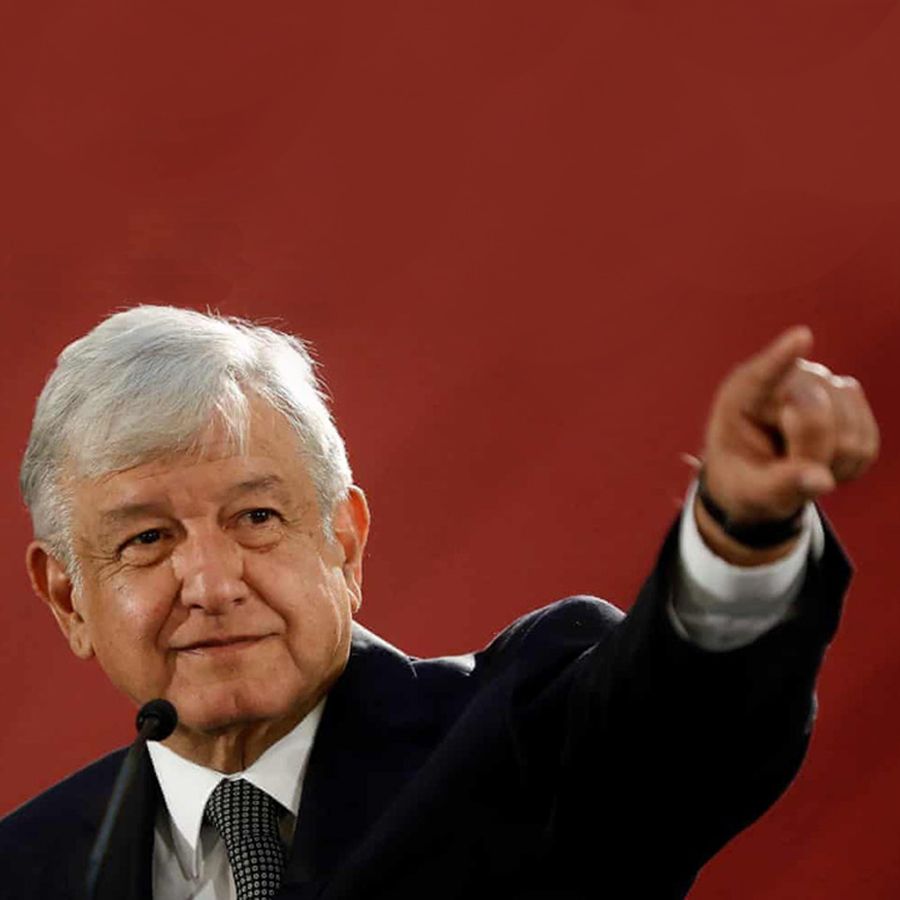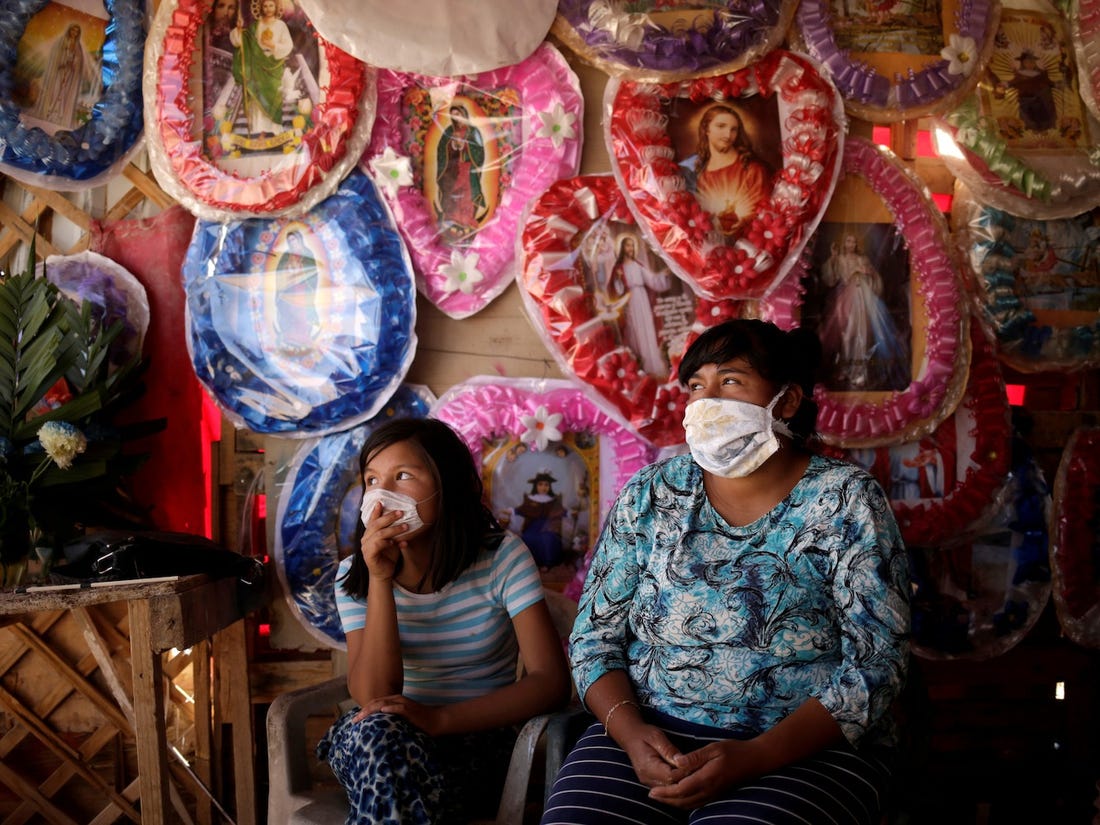As the world reels from the COVID-19 gut punch, established routines and status quos have descended into turmoil, while uncertainty and panic have spread with the virus. The question on everyone’s mind is: “What do we do?” Nowhere is this lack of direction more apparent than in Latin America, which is where outbreaks of the disease have yet to peak. COVID-19 came relatively late to Latin America, whereas most countries saw cases emerge in early March. The region thus had more time than other parts of the world to prepare; Asia and European countries, plus the United States, all reported cases in January and February. One might assume that Latin American governments used this extra time to institute the safeguards necessary to prevent a public health crisis. They did not.
COVID-19 intersects with and exacerbates other, more hidden, societal crises in Latin America. In the case of Mexico, this intersection offers crucial insight into the government’s erratic response to the virus. Mexico is currently dealing with three societal challenges—a political crisis, a public safety crisis, and a public health crisis—and its established social context has set the stage for a poor response to COVID-19.
Mexico’s Political Crisis: Polarization
Political theorists often characterize Mexico’s political institutions during the 20th century as being, to use Peruvian novelist Mario Vargas Llosa’s phrase, the “perfect dictatorship.” During this time, the nation had a one-party system controlled by the PRI (Institutional Revolutionary Party) that oversaw a state-dominated economy. These same theorists gush at how Mexico democratized in 2000. They miss the point.
Mexico underwent a profound ideological transition in the 1980s when an economic slowdown triggered discontent with the ruling party and prompted a wave of electoral liberalization. This liberalization saw the creation of NAFTA under PRI President Salinas de Gortari and the privatization of many state industries. The resulting rise in economic inequality, already a source of frustration for many Mexicans, initiated a prolonged backlash against the PRI, culminating in the historic election of Vincente Fox of the PAN (National Action Party) in 2000.

Yet, despite the change in party, Fox’s administration was a continuation of the status quo. The PAN historically championed many of the neoliberal policies that the PRI had adopted. In other words, the PRI had moved to the economic right, into the PAN’s ideological sphere. In 2012, the PRI was voted back into power after frustration with the PAN’s corruption. Yet, by mid-2017, approval ratings for the PRI were as low as 28 percent due to the same problems of systemic corruption and inequality
The 2018 election presented a turning point in Mexican history. It was seen as a moment of reckoning, in which the future of the country hung in the balance. Such a climate heightens existing polarization.
Mexican polarization, however, is not traditional: it is not based on differences between political ideologies or parties. Rather, it is rooted in divisions over the identity of the government, setting those who are pro-status quo against those who are anti-establishment. It is in this context that Andrés Manuel Lopéz Obrador, referred to as AMLO, became president in a grand victory for the anti-establishment movement. AMLO won by a greater margin than any other president in contemporary Mexican history, largely because Mexicans could no longer stomach the thought of another six years of the PRI or PAN.
The rise of polarization in Mexico has led to an increase in fake news, particularly now in the age of social media, as both sides paint the other as a threat to society. People in favor of the status quo, generally members of the upper classes, portray AMLO as a “good for nothing president” who is intent on tearing down Mexican society and destroying its economy by driving businesses and investors away through his antagonistic stances. Those in favor of AMLO and the anti-establishment movement retort that AMLO is fighting corporate and political corruption. AMLO’s supporters argue that it is more important to have a leader who is a public advocate rather than a corporate puppet, even if he is rough around the edges. In this context, when individuals distrust those with differing opinions, confronting a societal crisis becomes even more challenging. This is especially true in Mexico, which is where the government lacks the support and confidence of a significant portion of the population.

Mexico’s Public Security Crisis: Drug Violence
Although the birth of major cartels and drug organizations dates to the 1980s, Mexico’s history with the drug trade can be traced back a century to when Miguel Ángel “The Godfather” Félix Gallardo became the first Mexican liaison to infamous Colombian drug trafficker Pablo Escobar. At the time, Mexico was divided among the influential cartels, allowing the cartels to coexist peacefully as they focused on their territories. Law enforcement largely considered cartels to be out of their reach, and the cartels accepted what few arrests did occur as occupational hazards. This was the case until the United States, frustrated that Mexican cartels were selling drugs across its borders, put pressure on Mexican authorities to crack down. In 2006, former president of Mexico Felipe Calderón declared a “war on drugs” and directed the army and law enforcement to confront the cartels. The directive was equivalent to whacking a hornet nest with a stick.
Since then, the registered homicide rate in Mexico has more than quadrupled, placing it as number 19 in the list of countries with the highest rates of intentional homicide. In 2019, Mexico surpassed Syria as the most dangerous country in the world for journalists. Cartels have taken advantage of the chaos and begun to fight amongst each other for the most lucrative territory.
Mexico’s Public Health Crisis: COVID-19
By all accounts, Mexico has responded to the pandemic poorly. As of August 20, 2020, Mexico has 531,239 COVID-19 cases and 57,774 deaths at a death rate of 14 percent, and there is evidence that these numbers are significantly underreported. In March, many were already criticizing the government for an insufficient response to the crisis. AMLO has repeatedly flouted his own government’s public health guidelines, and the bulk of the responsibility has fallen to local and state officials.

Following the imposition of a quarantine in March, the government announced its plans to reopen in early June, before the pandemic had even peaked. Most of Mexico’s hospitals are operating at full capacity, yet the government continues to project confidence that “the worst is over.”
It seems that the worst is only to come.
How Polarization Affected the Response to COVID
Unfortunately, as the United States demonstrates, the existence of COVID-19 can be a political issue. AMLO’s position, therefore, has had significant consequences.
The OECD estimates that approximately 60 percent of Mexicans work in the informal sector, which is almost entirely composed of in-person jobs that lack a formal employer, such as street vending and housekeeping. By virtue of their trades, these workers would need to be supported solely by the government in the case of a lockdown. Informal workers do not contribute to social safety nets nor pay taxes. With more people requiring coverage than there are funding the system, the government is already at a reduced capacity to afford massive social spending programs. Any prolonged lockdown and quarantine would therefore place a massive strain on the budget of the Mexican government and the majority of the Mexican populace.

This majority is AMLO’s crucial base of support. AMLO campaigned on a platform of improving the lives of those most affected by economic inequality and poverty. Now, AMLO is caught between a rock and a hard place. AMLO either opens the economy, risking the most vulnerable population—his key supporters—to a massive public health disaster, or keeps it closed, instigating a financial collapse of catastrophic proportions in which the most vulnerable population will still suffer the brunt of the impact. AMLO has stumbled into a lose-lose position in which the only way out is a massive, state-bankrolled effort that distributes social benefits to individuals that the government already has difficulty reaching. It is unlikely the affluent members of Mexican society and business, who already dislike AMLO, will be inclined to contribute to such an action.
This is not, however, to absolve AMLO of his own mistakes. AMLO has contradicted his public health minister’s recommendations, adamantly refused to wear a mask, and continued to hold large media and publicity conferences. AMLO has also continued to attack businesses for corruption, even as the Mexican economy is in dire need of investment and support.
Mexicans have taken note. While AMLO’s approval ratings have been in a steady decline from their height at 80 percent shortly after his election, the approval ratings recently registered as low as 46 percent. Many, however, still believe AMLO is handling the pandemic well, a testament to their frustration with the current alternatives.
COVID-19 and the Public Safety Crisis
The public safety crisis has also impacted the government’s ability to successfully curb the spread of COVID-19. The Mexican government has long had difficulty reaching isolated rural communities. Drug cartels and organizations are therefore strongest in these areas and serve as the primary authoritative body. The government’s inability to extend and enforce the rule of law in these regions makes it even harder to establish social programs and assist the citizens living there. The increasing violence of the drug cartels only exacerbates this difficulty.
While Mexico’s public safety crisis has been detrimental to its COVID-19 response, the inverse relationship is more significant, and likely longer lasting. First, the pandemic is straining the government’s ability to respond to the drug cartels’ growing violence. For every police officer infected or exposed, four need to be quarantined. Additionally, some officers are submitting dubious sick notes to get out of work.
This sharp decline in available personnel coincides with a 2.7 percent increase in homicide rates from 2018 to 2019. On June 7, 2020, Mexico registered one of its most violent days of the year, with 117 murders, largely because drug cartels are taking advantage of the security voids that the pandemic is exacerbating. As cartels continue to fracture and war over different territories, violence is only likely to rise.
Cartels are simultaneously using the pandemic as an opportunity to increase their social and political capital. In their dominant areas, cartels are filling the roles that the government can or will not. Cartels have been recorded distributing food, soap, and other necessities to communities. Cartels have imposed curfews in some places to stem the spread of the virus. These efforts may make some communities view the cartels more favorably, consequently strengthening their position at the local and municipal level.
There are two different types of cartels operating within Mexico’s communities: drug trafficking cartels and extortion cartels. The cartels based on extortion are generally considered more successful because these cartels can tax the communities within which they operate. Drug trafficking cartels need to manage complex supply chains with long-term investments and payouts and are thus seen as having greater vulnerability.
The pandemic is flipping this conventional wisdom on its head. The cartels that rely on complex supply chains can carry on with business as usual, generating income from their usual sources. These groups may even receive high amounts of political capital by continuing operations in poppy fields, which provide employment to many rural poor and will be an important source of revenue during the current economic recession.
Meanwhile, those extortion cartels will have a greatly diminished tax-base. Extortion cartels will likely struggle, as preying on local populations will worsen and prolong the economic recession in those communities. The ensuing desperation may cause violence to spike as the extortion cartels begin confronting each other for territory and the drug trafficking cartels for product.
The precarious state of cartels places AMLO in another serious dilemma. Cracking down on cartels could potentially escalate the violence, leading to more brazen attacks on the federal government and continuing the loss of federal control in the rural countryside. Conversely, AMLO risks being branded as corrupt and soft on crime if he plays the peacemaker. Either way, AMLO may be seen as “just another status quo” president—a perception that would weaken his base and push the anti-establishment movement to further extremes.
Ultimately, the pandemic will hinder the Mexican government’s ability to reduce the violence and influence of drug trafficking cartels. The resultant security voids may inspire cartel competition, in which citizens are caught in the crossfire. Yet, it is difficult to see how the government can reasonably respond to the pandemic and cartels without furthering polarization. Mexico illustrates that a poor response to the COVID-19 epidemic indicates flaws in the larger social, political, and economic system. The pandemic has had devastating consequences but also offers a valuable insight into underlying problems that need to be addressed.




